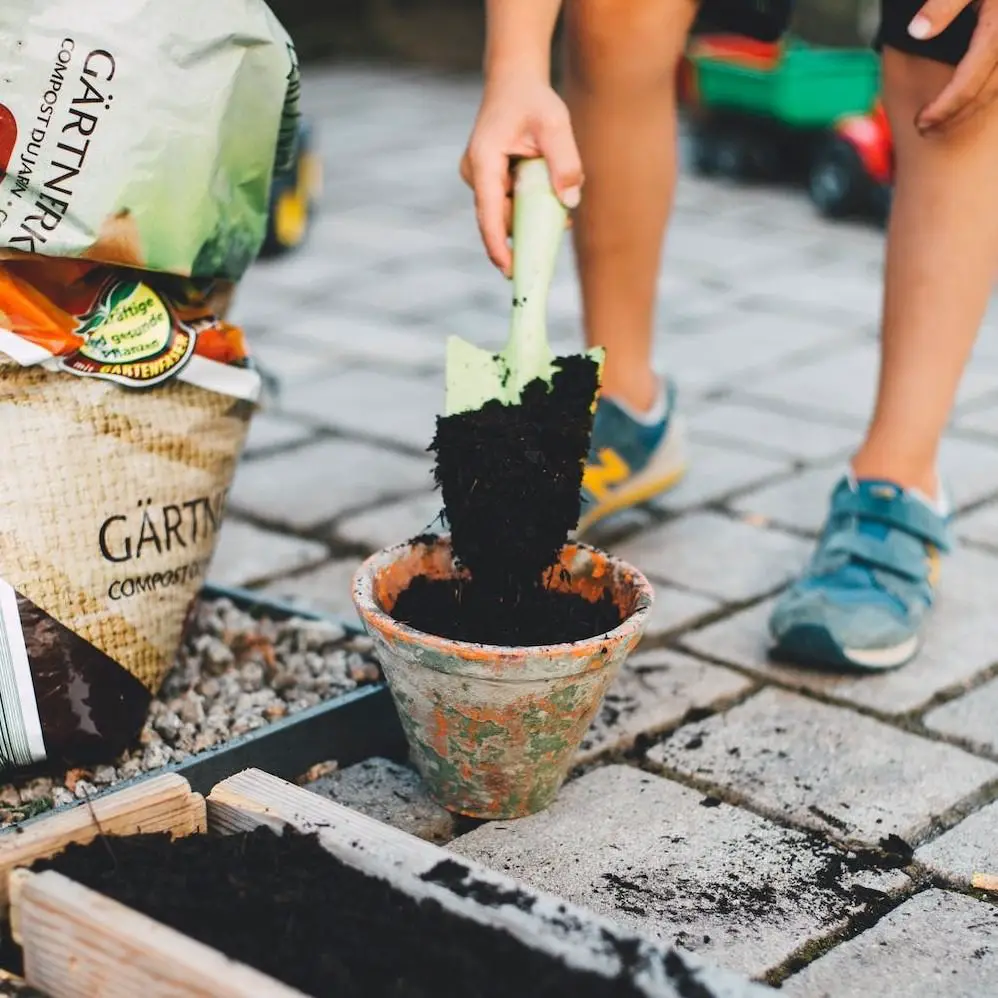Willy Green
March 1, 2023



How to make your own soil at home
Have you ever thought about how to make your own soil? Soil is a crucial component for gardening, as it is the medium in which plants grow and thrive. Good soil provides the necessary nutrients, drainage, and aeration to support plant growth. However, not all soils are created equal, and some may not be suitable for certain plants. Commercial potting soils can be expensive and may contain harmful chemicals. This means your own soil is not only cost-effective, but it also ensures that you are using a healthy, nutrient-rich medium for your plants.
In this article, we will discuss the various components of soil, the benefits of making your own soil, and exactly how to make your own soil at home.
Components of Soil
Soil is made up of various components, each of which contributes to the soil’s overall health and ability to support plant growth. These components include:
-
Sand: Sand is the largest soil particle and provides aeration and drainage.
-
Silt: Silt is the medium-sized soil particle and contributes to soil fertility.
-
Clay: Clay is the smallest soil particle and helps to hold nutrients and water.
-
Organic Matter: Organic matter includes decomposed plant and animal materials, which provide nutrients, improve soil structure, and hold water.
-
Microorganisms: Microorganisms, such as bacteria and fungi, are essential for breaking down organic matter and releasing nutrients for plants.
Benefits of Making Your Own Soil:
Learning how to make your own soil has numerous benefits, including:
-
Cost-Effective: Making your own soil is much more cost-effective than purchasing commercial potting soils.
-
Customizable: By making your own soil, you can tailor the soil mixture to the specific needs of your plants.
-
Healthier: Commercial potting soils may contain harmful chemicals or additives that can be harmful to your plants. Making your own soil ensures that you are using a healthy, natural medium for your plants.
-
Sustainable: Making your own soil reduces your carbon footprint by decreasing the need for commercial potting soil production and transportation.
How to Make Your Own Soil:
Making your own soil is a simple and rewarding process. Here are the steps to make your own soil:
Step 1: Choose the Right Container
Choose a container that is large enough to hold the amount of soil you need. The container should have drainage holes to allow excess water to drain out.
Step 2: Gather the Materials
To make your own soil, you will need the following materials:
-
Compost
-
Peat moss or coconut coir
-
Perlite or vermiculite
-
Sand
-
Fertilizer (optional)
Step 3: Mix the Materials
Mix the materials in the following proportions:
-
1 part compost
-
1 part peat moss or coconut coir
-
1 part perlite or vermiculite
-
1 part sand
Add fertilizer if desired.
Step 4: Store the Soil
Store the soil in a dry place until you are ready to use it.
Alternative Soil Mixtures:
If you cannot find all of the necessary materials or prefer a different soil mixture, there are alternative soil mixtures you can make:
-
Basic Soil Mix:
-
1 part compost
-
1 part topsoil or garden soil
-
1 part sand
-
Acid-Loving Plant Mix:
-
1 part peat moss
-
1 part perlite
-
1 part sand
-
Succulent Mix:
-
1 part potting soil
-
1 part coarse sand or perlite
-
1 part pumice
-
Raised Bed Mix:
-
1 part compost
-
1 part garden soil
-
1 part vermiculite or perlite
Thank you for reading about how to make your own soil at home! Don’t forget to sign up for our newsletter. You will automatically be entered into our giveaways! Here are some other articles you may enjoy reading.








